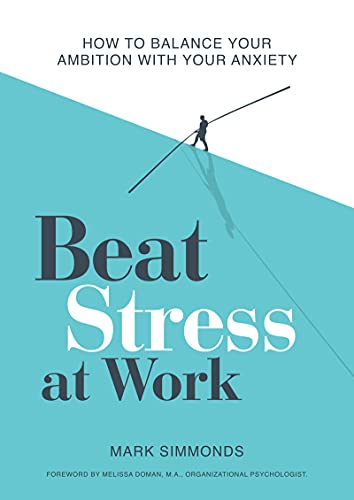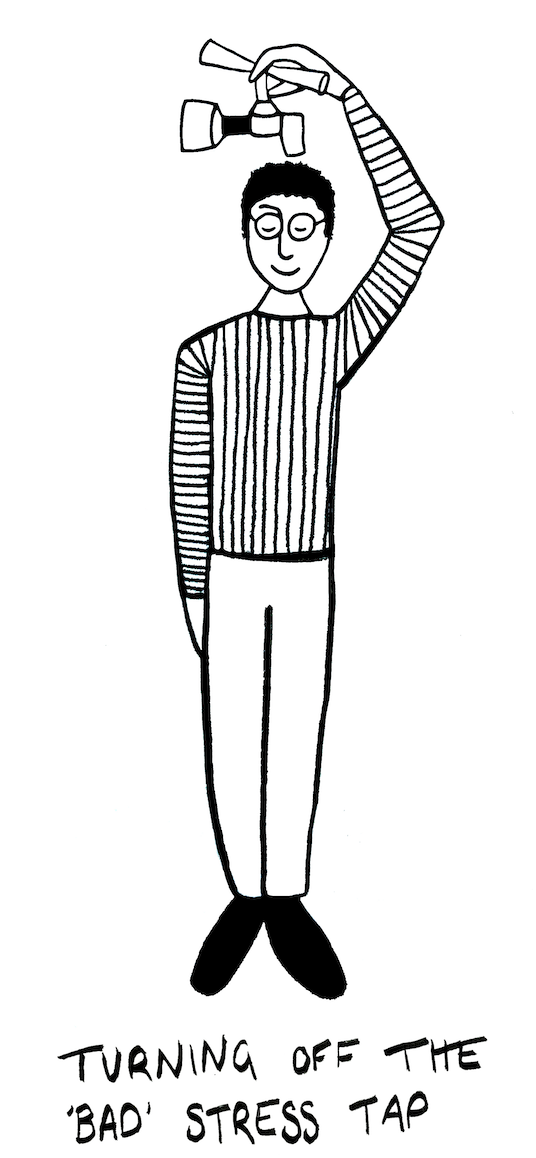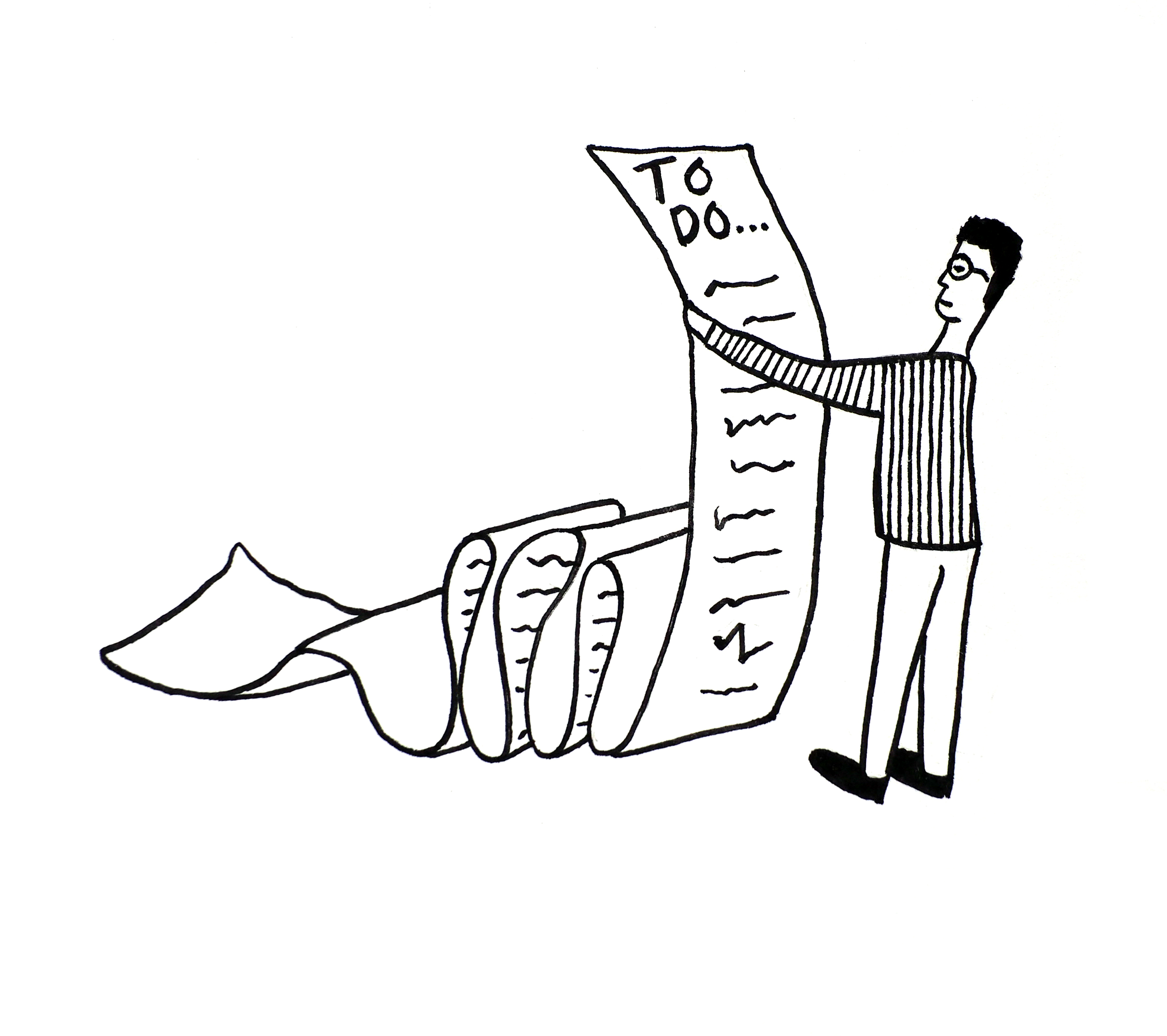This is a special guest post by Mark Simmonds, author of the recently published book Beat Stress at Work.
When I was writing my new book, Beat Stress at Work, one of the key themes I was keen to explore was the relationship between stress and creativity.
According to a recently released report by the World Health Organisation, the Covid-19 pandemic has triggered a 25% increase in the prevalence of anxiety worldwide. Anxiety and stress are often partners in crime. The greater your underlying anxiety, the more likely it is that the pressure of unforeseen and unpredictable events will inflame your anxiety and increase your stress levels.
And if businesses are going to emerge successfully from the horror show of the last two years, then creativity must be one of the core management competencies which will be required across all levels of the organisation. Magic is needed, not just logic.
How comfortable are they with one another? How well do they sit, side by side?
I discovered three things that we will explore in this post.

1. Learn to spot ‘good’ stress and ‘bad’ stress
Firstly, stress is intrinsically not a bad thing. The optimal amount of stress will help you prime yourself for an important presentation and you’ll feel energized, stimulated, even exhilarated. That’s ‘good’ stress, also known as ‘eustress’.
However, when too much anxiety floods the brain, this can impair your ability to say anything worth saying when the pressure is on. You might freeze and become incapable of thinking straight, which can quickly lead to ‘bad’ stress or distress. Eustress and distress are at the opposite ends of the spectrum and the pandemic has pushed many of the working population from the former towards the latter. Left unchecked, this can then lead to a myriad of unsavoury health problems, both mental and physical.
TOP TIP: Turn off the stress tap before things start turning ugly.

2. Creativity and stress are like oil and water: they don’t mix!
Do you sometimes feel yourself trapped in your working environment, swamped with never-ending to-do lists, which are jam-packed with immovable deadlines and pressure points? At times like this, your brain’s neurotransmitters don’t get the time and space they need to make the connections that creativity demands.
Albert Einstein understood this perfectly; it’s why he spent countless hours playing the violin. His view was that enjoying a cocktail of pastimes, away from the stresses and strains of the daily grind, was highly conducive to the creative process, because this gave the brain all the fresh stimulus and tranquillity it required to create and innovate. He called this combinatorial play.
TOP TIP: Find one or more stress-free oases so that you can put Einstein’s theory into practice.

3. Creativity has a positive impact on your mental wellbeing
When you are being creative, carrying out activities such as painting, writing, designing and brainstorming in the business environment, your mind is “in the flow”. And when your mind is totally absorbed with what you are doing, your heart rate slows down. Even better, the joy you get from the experience means that feel-good chemicals like dopamine and serotonin are released into the bloodstream at the same time.
Not only are you creating something new and exciting, but you’re also doing your mental wellbeing a favour at the same time. With creativity you get two for the price of one!
TOP TIP: Embrace the medicinal benefits of creativity and ensure there is a plentiful supply!
In summary: Firstly, stay in touching distance of the stress tap so that you can turn it off before things get ugly. Secondly, make time for plenty of fun stuff throughout the day to feed your creative brain. And thirdly, view creativity as an effective, natural ‘medication’ for keeping the lid on stress, especially the ‘bad’ sort.
Sources
